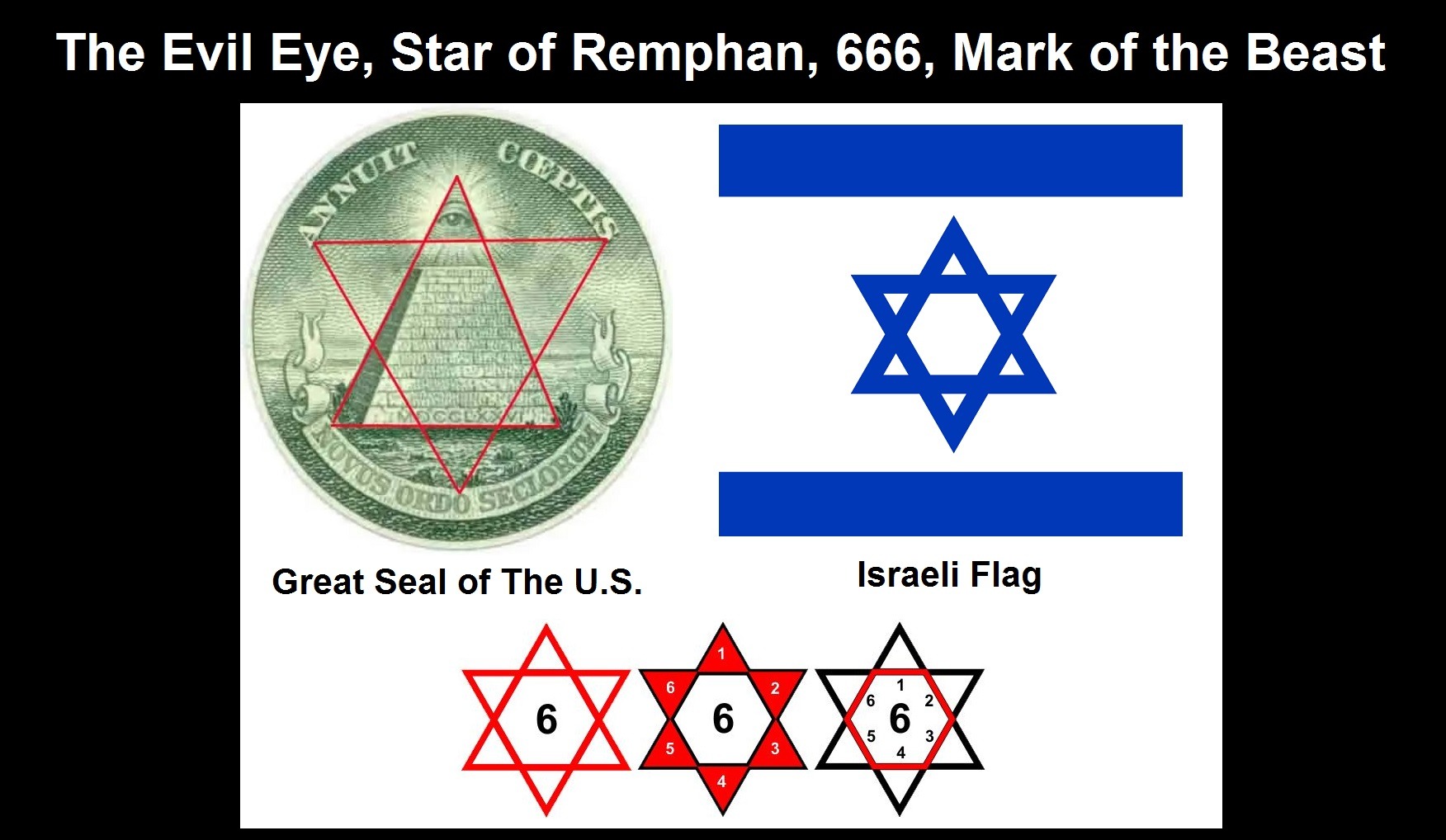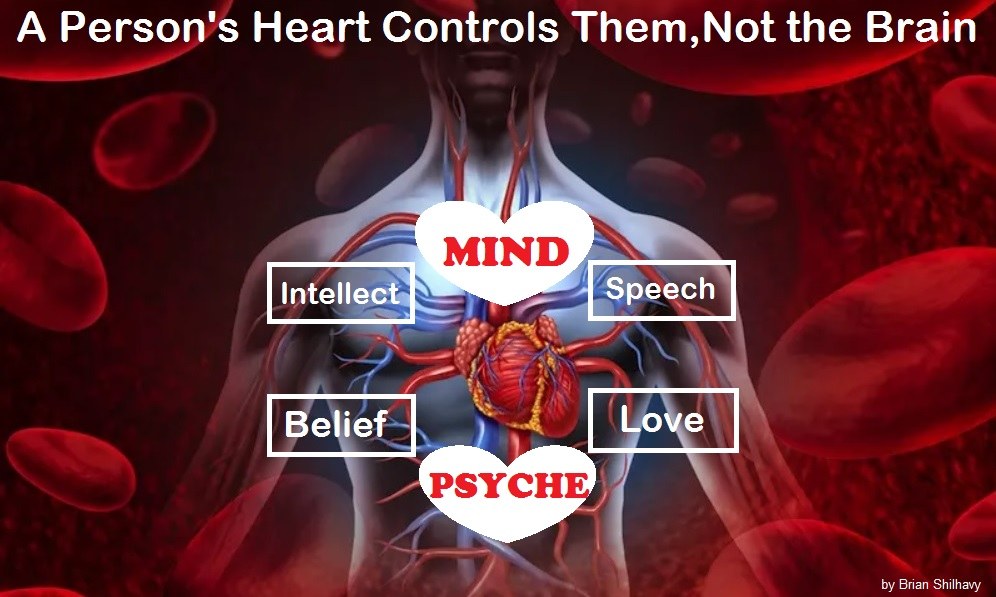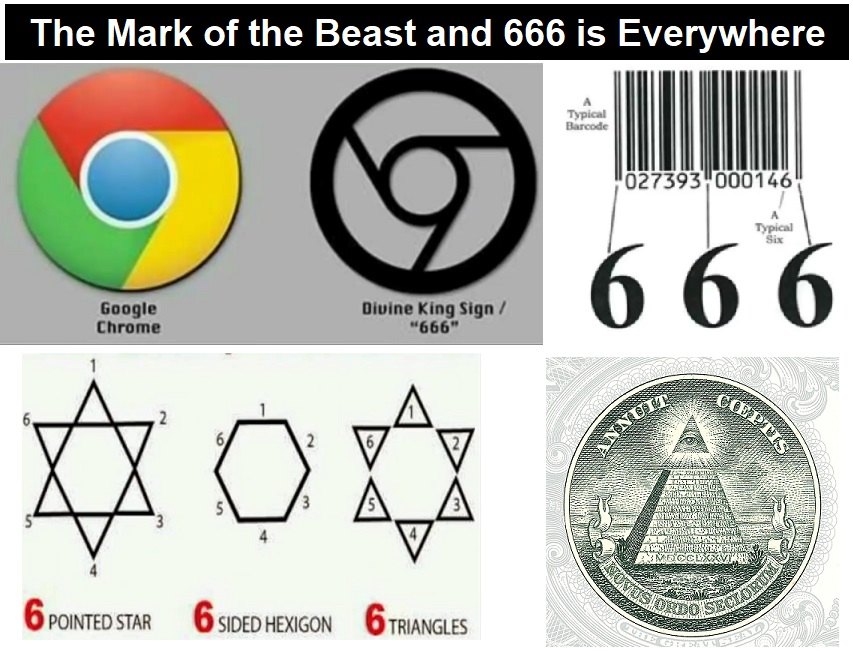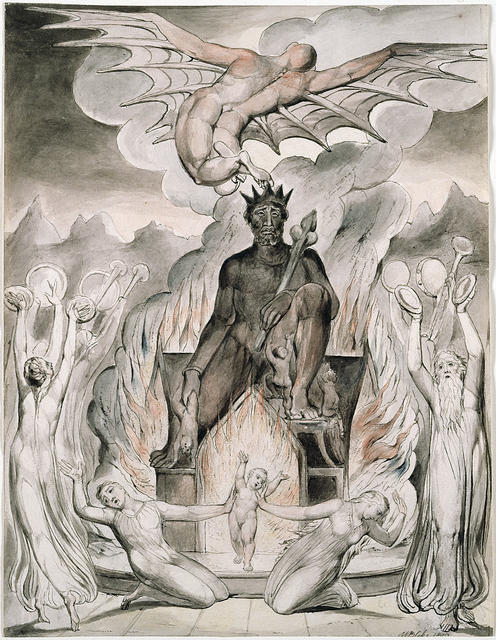
by Charles Hugh Smith
Of Two Minds
Excerpts from Smith’s Musings Report newsletter
The world is agog at the apparent power of ChatGPT and similar programs to compose human-level narratives and generate images from simple commands.
Many are succumbing to the temptation to extrapolate these powers to near-infinity, i.e. the Singularity in which AI reaches super-intelligence Nirvana.
All the excitement is fun but it’s more sensible to start by placing ChatGPT in the context of AI history and our socio-economic system.
I became interested in AI in the early 1980s, and read numerous books by the leading AI researchers of the time.
AI began… with the dream of a Universal General Intelligence, a computational machine that matched humanity’s ability to apply a generalized intelligence to any problem.
This quickly led to the daunting realization that human intelligence wasn’t just logic or reason; it was an immensely complex system that depended on sight, heuristics (rules of thumb) and many other subsystems.
AI famously goes through cycles of excitement about advances that are followed by deflating troughs of realizing the limits of the advances.
The increase in computing power and software programming in the 1980s led to advances in these sub-fields: machine vision, algorithms that embodied heuristics, and so on.
At the same time, philosophers like Hubert Dreyfus and John Searle were exploring what we mean by knowing and understanding, and questioning whether computers could ever achieve what we call “understanding.”
This paper (among many) summarizes the critique of AI being able to duplicate human understanding: Intentionality and Background: Searle and Dreyfus against Classical AI Theory. (There are many other equally mind-numbing papers on these topics.)
Simply put, was running a script / algorithm actually “understanding” the problem as humans understand the problem?
The answer is of course no. The Turing Test–programming a computer to mimic human language and responses–can be scripted / programmed, but that doesn’t mean the computer has human understanding. It’s just distilling human responses into heuristics that mimic human responses.
I audited (attended lectures without being a registered student) one of Professor Searle’s classes at UC-Berkeley in 1987. (Searle has since been denounced and disgraced for his blatant sexual harassment of female students.)
One result of this discussion of “what is consciousness and understanding” was for AI to move away from the dream of General Intelligence to the specifics of machine learning.
In other words, never mind trying to make AI mimic human understanding, let’s just enable it to solve complex problems.
The basic idea in machine learning is to distill the constraints and rules of a system into algorithms, and then enable the program to apply these tools to real-world examples.
Given enough real-world examples, the system develops heuristics (rules of thumb) about what works and what doesn’t which are not necessarily visible to the human researchers.
In effect, the machine-learning program becomes a “black box” in which its advances are opaque to those who programmed its tools and digitized real-world examples into forms the program could work with.
It’s important to differentiate this machine learning from statistical analysis using statistical algorithms.
For example, if a program has been designed to look for patterns and statistically relevant correlations, it sorts through millions of social-media profiles and purchasing histories and finds that Republican surfers who live in (say) Delaware are likely to be fans of Chipotle.
This statistical analysis is called “big data” and while it has obvious applications for marketing everything from candidates to burritos, it doesn’t qualify as machine learning.
In a similar way, algorithms like ChatGPT that generate natural-language narratives from databases and heuristics do not qualify as machine learning unless they fashion advances within a “black box” in which the input (the request) is known and the output is known, but the process is unknown.
Google has an AI team called DeepMind that tackled the immensely complex task of figuring out how proteins constructed of thousands of amino acid sequences fold up into compact shapes within nanoseconds.
The problem of computing all the possible folds in 200 million different proteins cannot be solved by mere brute-force calculation of all permutations, and so it required breaking down each step of the process into algorithms.
The eventual product, AlphaFold, has 32 component algorithms, each of which encapsulates different knowledge bases from the relevant disciplines (biochemistry, physics, etc.).
DeepMind’s AI Makes Gigantic Leap in Solving Protein Structures.
This is how project leader Demis Hassabis describes the “black box” capabilities:
“It’s clear that AlphaFold 2 is learning something implicit about the structure of chemistry and physics. It sort of knows what things might be plausible.
I think AlphaFold has captured something quite deep about the physics and the chemistry of molecules… it’s almost learning about it in an intuitive sense.”
But there are limits on what AlphaFold can do and what it’s good at: “I think we’ll have more and more researchers looking at protein areas that AlphaFold is not good at predicting.”
In other words, AlphaFold can’t be said to “understand” the entirety of protein folding. It’s good at limiting the possible folds to a subset and presenting those possibilities in a form that can be compared to actual protein structures identified by lab processes. It can also assign a confidence level to each of its predictions.
This is useful but far from “understanding,” and it is a disservice to claim otherwise.
This article was written by Human Superior Intelligence (HSI)
See Also:
Understand the Times We are Currently Living Through
The True Gospel of Jesus Christ Threatens the Business of the Freemasons and Technocrats
Who are God’s “Chosen People”?
KABBALAH: The Anti-Christ Religion of Satan that Controls the World Today
Christian Teaching on Sex and Marriage vs. The Actual Biblical Teaching
Exposing the Christian Zionism Cult
The Bewitching of America with the Evil Eye and the Mark of the Beast
Jesus Christ’s Opposition to the Jewish State: Lessons for Today
Identifying the Luciferian Globalists Implementing the New World Order – Who are the “Jews”?
The Brain Myth: Your Intellect and Thoughts Originate in Your Heart, Not Your Brain
The Seal and Mark of God is Far More Important than the “Mark of the Beast” – Are You Prepared for What’s Coming?
The Satanic Roots to Modern Medicine – The Image of the Beast?
Medicine: Idolatry in the Twenty First Century – 10-Year-Old Article More Relevant Today than the Day it was Written
Having problems receiving our emails? See:
How to Beat Internet Censorship and Create Your Own Newsfeed
We Are Now on Telegram. Video channels at Bitchute, and Odysee.
If our website is seized and shut down, find us on Telegram, as well as Bitchute and Odysee for further instructions about where to find us.
If you use the TOR Onion browser, here are the links and corresponding URLs to use in the TOR browser to find us on the Dark Web: Health Impact News, Vaccine Impact, Medical Kidnap, Created4Health, CoconutOil.com.





















Join the Discussion